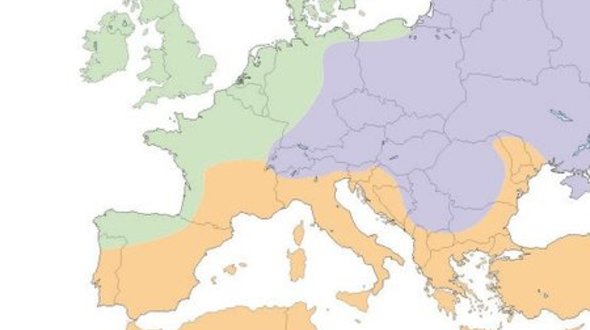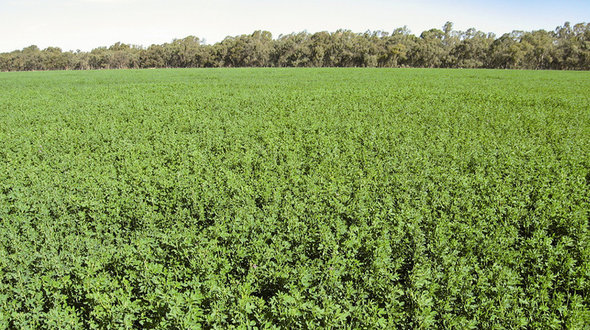Harvesting lucerne
Although lucerne can be grazed, the use of the crop as silage creates the initial interest. Lucerne is very well-suited for making silage or hay, but even for zero-grazing systems (fresh feeding). The moment when to cut lucerne is a difficult management decision. Yield and quality are very strong correlated in lucerne. From early- till full-bloom digestibility drops with 1% per day. This means harvesting in a young stage (pre-bloom) gives high quality but low yield. On the other hand, cutting at a mature stage (full-bloom) gives high yield but low quality.
On top of that, cutting management influences stand persistency. The regrowth of lucerne is very strong depending on the availability of food reserves stored in the roots. Just at the beginning of flowering, sufficient food reserves are present for good regrowth of the crop. So continuously cutting too early lowers plant health and increases weed invasion.




